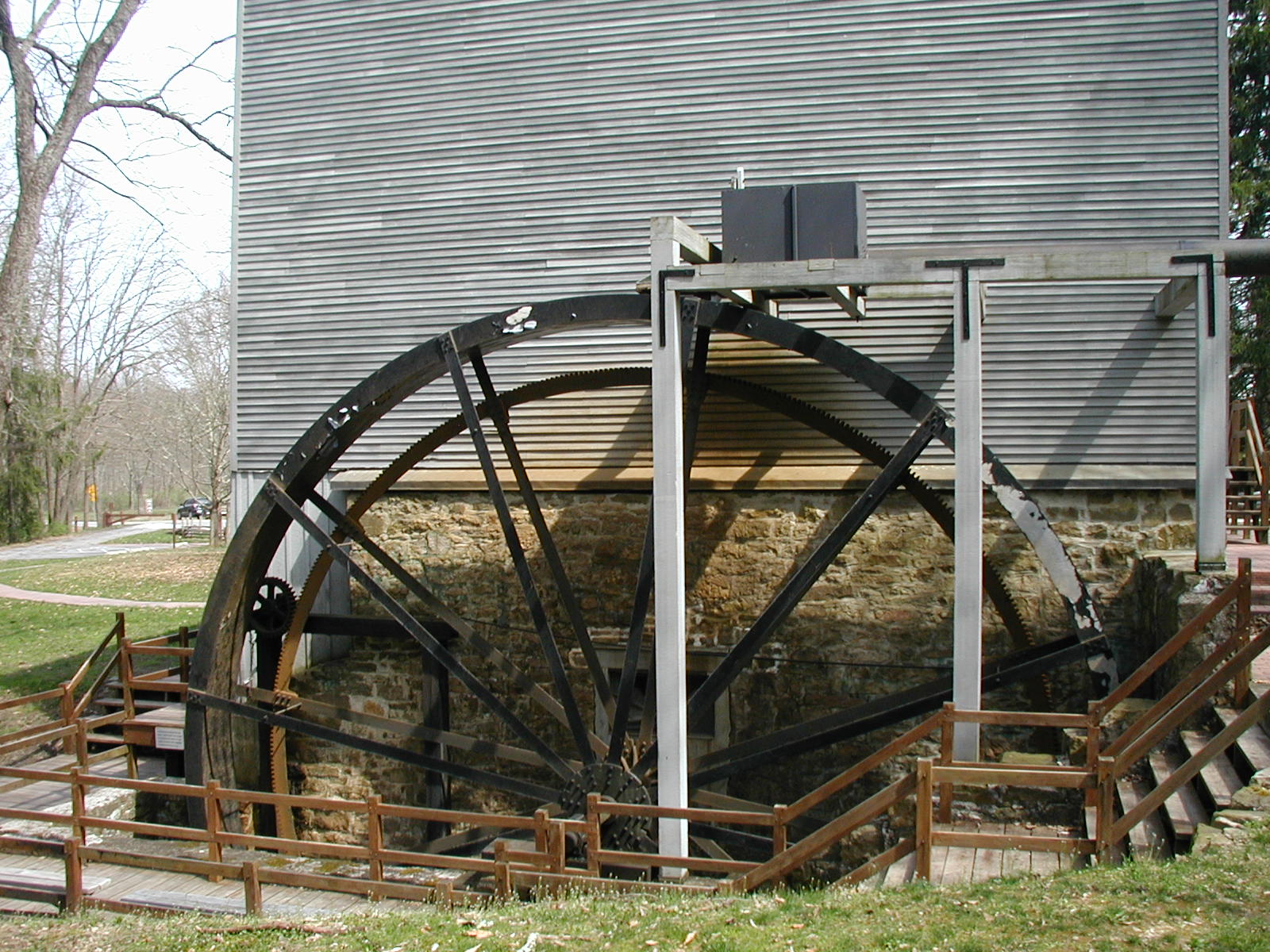
Mill Race Trail Shoaff’s Mill, Bloodroot and Spring Beauties
From Wikipedia, the free encyclopedia Braine-le-Château, Belgium (12th century) watermill, UK (14th century) is a mill that uses . It is a structure that uses a to drive a mechanical process such as milling (grinding), or hammering. Such processes are needed in the production of many material goods, including , and many products.

Pin by Rebecca Harden on Grist Mills Water wheel, Water mill, Old
The buildings consist of the mill, a central adjoining mill house, with the ground floor mill flanked by a bakery and a stable block. The surviving southern waterwheel is a mid-19th century iron wheel, with timber shafts that may date back to the 18th century. There was originally a northern wheel, too, which was removed in the late.
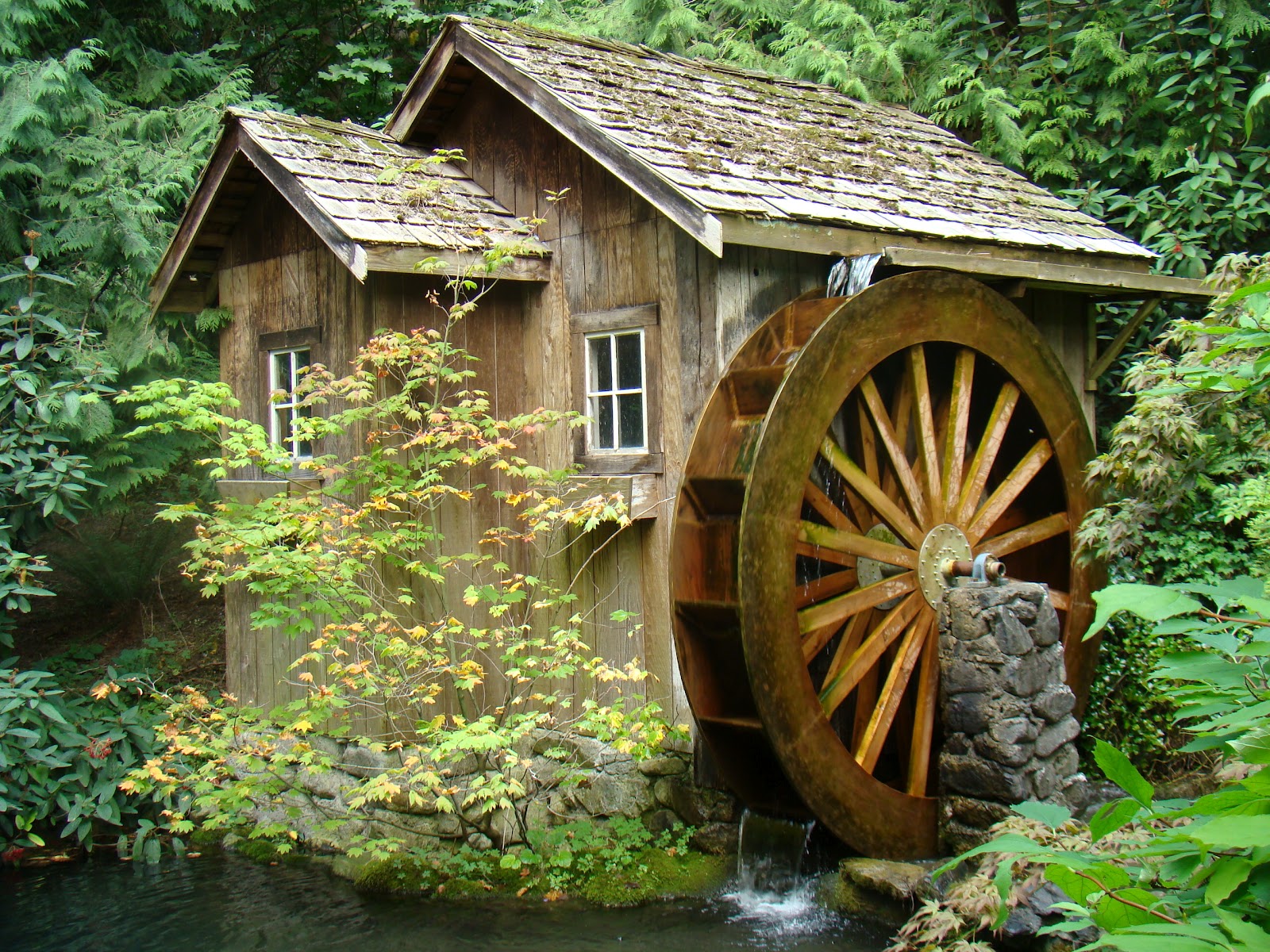
Critter Sitter's Blog Old Water Wheel Mills in the USA
The fragments can be divided into two types: Large carbonate slabs that formed in millrun flumes that fed the water to the mill (Fig. 2, A to D) and deposits that had formed on the wooden parts of the actual water wheels (examples shown in Fig. 2, E and F). Calcite crystals grew perpendicularly to the surface of the substrate.

Water Wheel by Michelle Morris Denniston on 500px. Perfect picture
waterwheel, mechanical device for tapping the energy of running or falling water by means of a set of paddles mounted around a wheel. The force of the moving water is exerted against the paddles, and the consequent rotation of the wheel is transmitted to machinery via the shaft of the wheel.

Sullivan's Waterwheels, Water Wheels, for, Garden, Ponds, Waterwheels
A horizontal wheel turns a millstone directly. The more powerful vertical wheels come in 2 designs: undershot and overshot. The former is a paddle wheel that turns under the impulse of water current. This technology requires gears to drive a typical millstone.

Roda d'água Water wheel, Windmill water, Water mill
In a watermill, the energy to spin the rotor is supplied by moving water, and for simple ones, it's possible to use the generated electricity directly to power lights and appliances. More often, however, the generator is connected to the power grid and supplies power back to the grid.

.Mill Creek Wa Water wheel, Rustic pictures, Mill creek
The water wheel is an ancient device that uses flowing or falling water to create power by means of paddles mounted around a wheel. The force of the water moves the paddles, and the consequent rotation of the wheel is transmitted to machinery via the shaft of the wheel. The first reference to a water wheel dates back to around 4000 BCE.

516 best Water Wheels images on Pinterest Water mill, Water wheels
Established. in 1998. Waterwheel Factory shares it's knowledge about waterwheels and displays the inherent beauty of a moving waterwheel. Explore; water wheels in history; waterwheel calculations; waterwheels for energy, and gristmill restorations. Explore the many ways you can enjoy having your own waterwheel for landscape decoration or any.

85 best Mill Water Wheel images on Pinterest Water mill, Water wheels
The water passes through the river bars and into the mill, where it turns the two water wheels. It passes right through to the other side of the mill and re-joins the rest of the river further upstream. The water in front of the mill is called the headrace and the water on the other side of the mill is called the tailrace.

Pin on Water Wheels
In many ways the discovery of an inclined flat-vaned water-wheel in the Nendrum 1 mill of ad 619, shed new light on the way in which water-mill forms were adapted in early medieval Europe. It has long been known that mills employing both flat- and scooped-vaned water-wheel forms had co-existed in Iberia, the Mediterranean region and in the parts of the Alps up to very recent times.
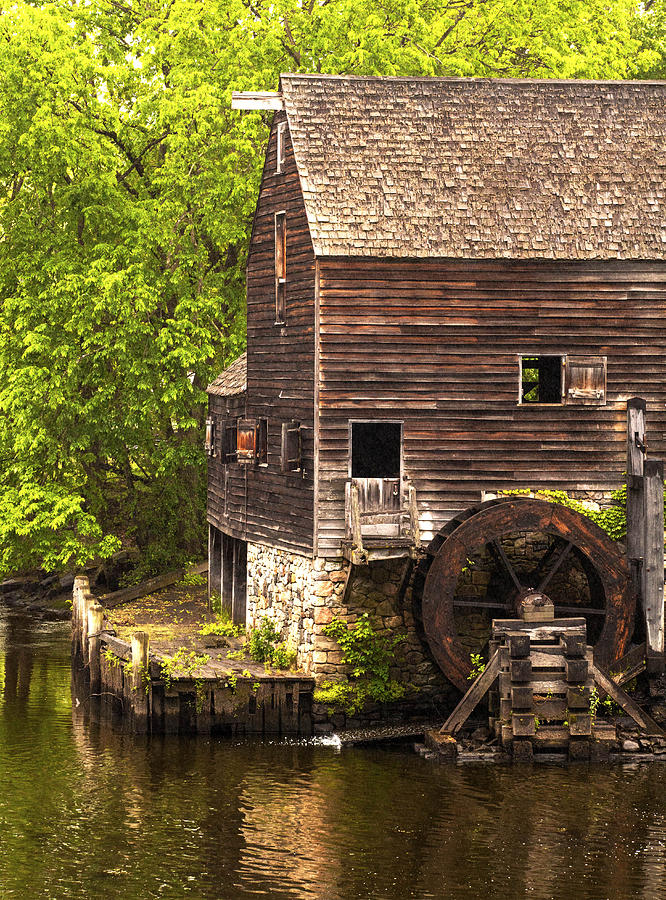
Water Wheel At Philipsburg Manor Mill House Photograph by Jerry Cowart
A waterwheel is a type of device that takes advantage of flowing or falling water to generate power by using a set of paddles mounted around a wheel. The falling force of the water pushes the paddles, rotating a wheel. This rotation of a wheel can be transmitted to a variety of machines through a shaft at the center of the wheel. [1]
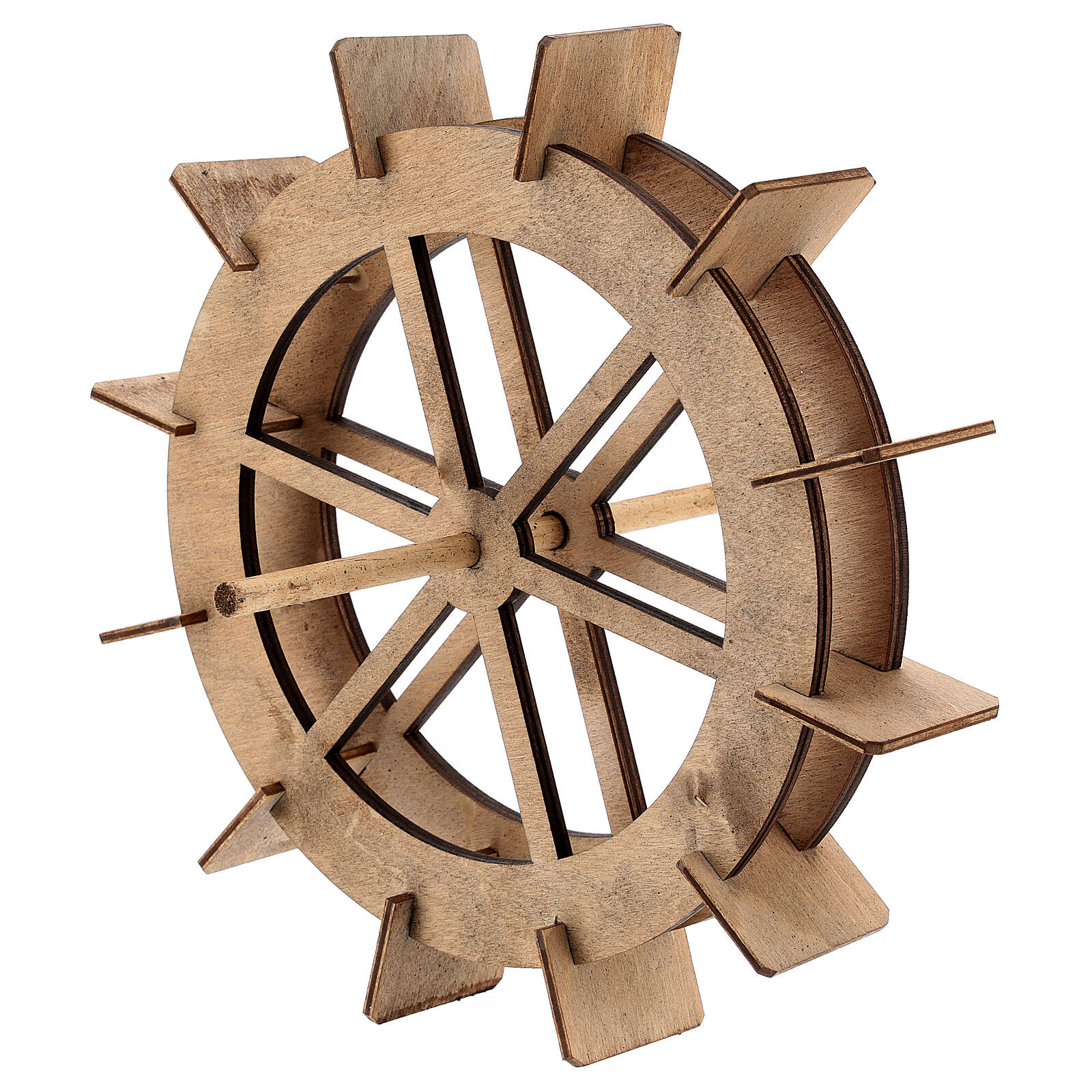
Miniature water mill wheel in wood, 20 cm nativity online sales on
A watermill is a machine, that captures the power of water to turn a waterwheel that through shafts and gears turn the millstones and grind grain to flour.A.

Sudbury Grist Mill Water Wheel Photograph by John Burk Fine Art America
Water wheels, also known as water mills, have been used for centuries to convert the energy of flowing water into mechanical power. In this article, we will explore the mechanism of a water wheel and delve into the benefits and drawbacks of using it. Fast Reading show The Introduction: Water Wheels and their Functions
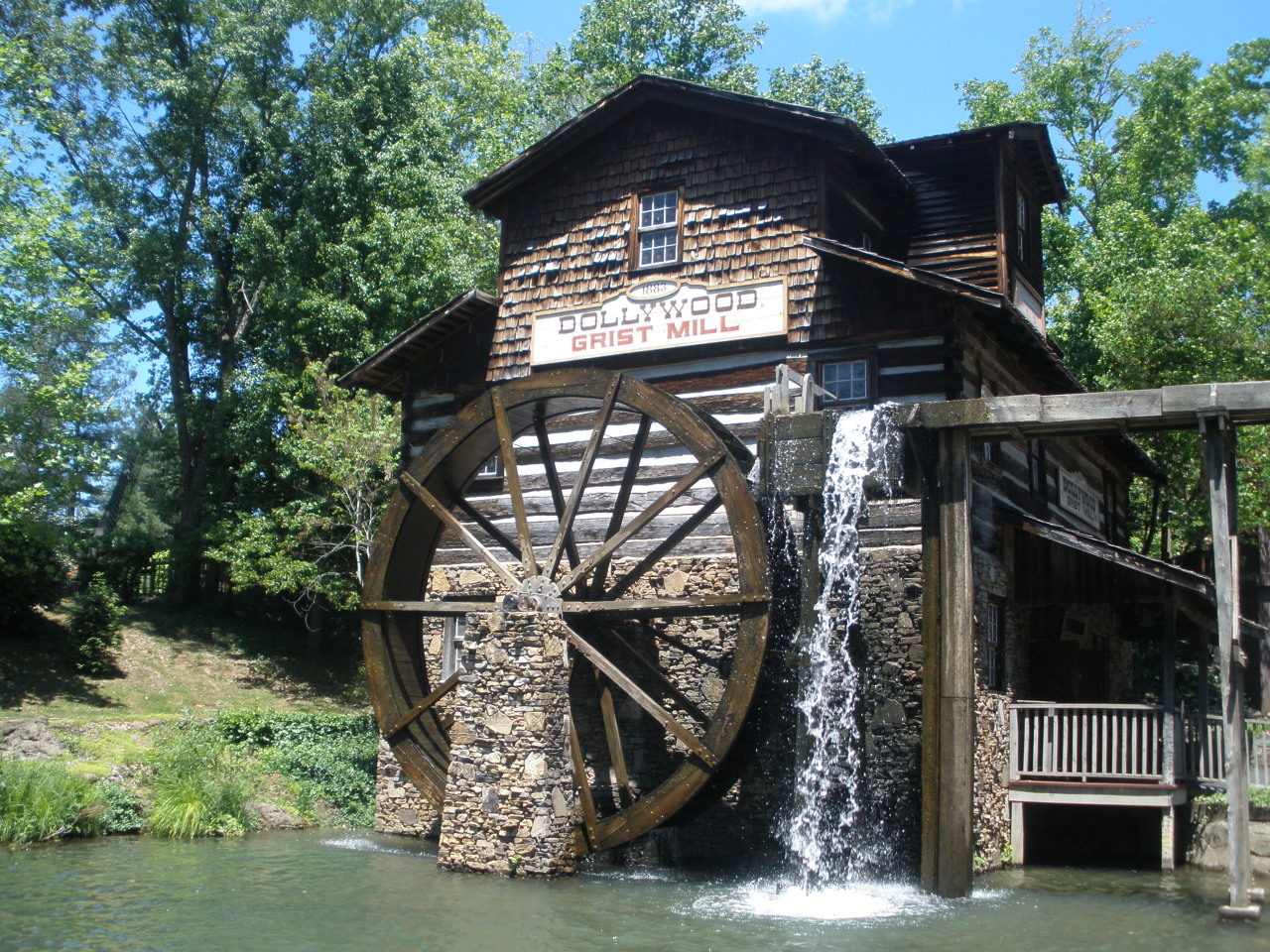
Water Wheel
Water Mills and Wheels This page includes information on: Undershot Wheels Horizontal Wheels Overshot Wheels Pitch-Back Wheels Breast Wheels Flutter Wheels Turbines Water Wheel Ancestors Water Wheel Evolution There are many wheel configurations, vane/blade shapes and water-flow patterns.

36" easy to assemble Cedar Water Wheel kit. Water wheel, Stone water
Watermill. Watermill of Braine-le-Château, Belgium (12th century) A watermill is an engine that uses a water wheel or turbine to drive a mechanical process such as flour or lumber production, or metal shaping ( rolling, grinding or wire drawing ). A watermill that only generates electricity is more usually called a hydroelectric plant .

Old water mill wheel stock image. Image of travel, weathered 52872967
Some water wheels are fed by water from a mill pond, which is formed when a flowing stream is dammed. A channel for the water flowing to or from a water wheel is called a mill race. The race bringing water from the mill pond to the water wheel is a headrace; the one carrying water after it has left the wheel is commonly referred to as a tailrace.